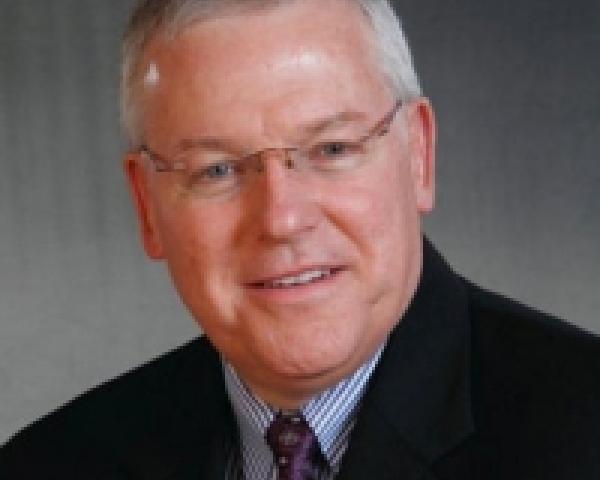Safety performance can either make or break a project and help or hinder one’s future career prospects. It can both positively or negatively reflect on a company’s reputation and affect its financial health. Front-line supervisors hold the key to unlocking your company’s potential for high safety performance. Supervisors are responsible for directing the allocation of your company’s key assets of people, equipment, machinery and tools that affect the execution of projects and financial results. They are either the vital link or the missing one in a successful construction safety program.
Many construction companies hold supervisors accountable for safety compliance, training, performance and results. Proper safety supervision is the byproduct of defined roles, specific responsibilities, clear expectations and measured accountabilities. Not all companies fully equip supervisors with the tools or resources needed to effectively lead safety in the field. This leads to an unnecessary, yet preventable, safety performance gap.
Understanding the Safety Performance Gap
The safety performance gap is the difference between what is expected versus what is accepted. In other words, the safety performance gap is the difference between what behaviors a company says it expects employees to adhere to and what behavior it actually allows to occur. Put even more bluntly, the safety performance gap is the delta between defining and driving superior performance standards and condoning and excusing less-than-target safety performance. For construction companies, the performance gap applies to other key performance areas beyond safety, including accounts receivable, contract management, IT outages, quality defects and rework and labor costs.
See also: How to Understand Your Risk Landscape
Closing the Gap
How do company owners and senior leadership teams close the safety performance gap? Leaders can alleviate this gap by changing how safety is conceived, defined and actively communicated within the company. Is safety a core value in your company, or is it regarded as a top priority? Many construction companies say safety is a priority, and they mean it, until push comes to shove against an impending schedule or sequencing change, and safety is compromised. Safety must be conceived as a core value. Priorities shift over time and rise and fall based on perceived urgency. In contrast, values endure the test of time and withstand the changing pressures of project scope, schedule, sequence, quality and budget.
When company leaders view safety as a core value, the proper commitments can be made and, more importantly, kept. This approach leads to a more proactive culture because safety is woven into every aspect of the project life cycle.
Clarifying the Vision, Commitment & Mission
After clarifying that safety is a core value and not just a priority, it is vitally important to provide front-line supervisors with a clear understanding of the vision, commitment and mission of the company’s safety program. This drives and reinforces alignment on safety throughout the organization. It also helps close the safety performance gap by establishing baseline expectations for performance. The following is an example of how this is done.
- Safety vision—Your company should aim to not only get employees on projects home safely at the end of the shift, but to also get employees back to work safely for their next shift. This is built on the foundation of promoting safety at work, home and at play.
- Safety commitment—Your company should be committed to protecting the safety and well-being of employees, customers, subcontractors, engineers and inspectors and the traveling public.
- Safety mission—Your company should create a culture of safety leaders who are empowered to identify and correct unsafe conditions and behaviors and who accept personal responsibility and shared accountability for safety.
Ideally, all supervisors will receive specific instruction in supervisory responsibilities and tools to help effectively implement the safety strategy. A simple way to involve supervisors in the safety strategy is to develop a series of safety objectives or special emphasis programs. These actions will help reinforce the development of a proactive safety culture.
Unlocking Improved Supervisory Safety Performance
Use the 10 questions below as a needs assessment or gap analysis to determine how your company can expand the level of effectiveness of safety supervision.
- Does your company clearly communicate the expectations for safety responsibilities to supervisors?
- Do you consider safety competencies for supervisors in your hiring decisions?
- Does your company consider the core safety competencies for supervisors in your promotional decisions?
- Does your company’s performance review process consider safety supervision as a performance criterion?
- Does your company’s discretionary compensation or bonus system align with safety performance such that safe work is incentivized and poorly executed performance is not rewarded?
- Does your company provide training to supervisors in safety skills?
- Do your company supervisors provide job- and task-specific safety instruction to new hires?
- Do your company supervisors lead or oversee daily safety huddles or toolbox talks for pre-task planning?
- Do your field supervisors and front-line workers have stop-work authority to address safety challenges encountered in the field in real time?
- Do your field supervisors and front-line workers actually exercise stop-work authority in the field to address safety challenges and determine appropriate corrective actions?
See also: Why Workers’ Comp Claims Stay So High
Although this is an unscored assessment, the questions and your responses will help guide your company to leverage supervisors in your company’s safety program and processes. Too frequently, supervisors are an underutilized resource in achieving your company’s safety strategy. Supervisors who understand their role, responsibilities and expectations can be a force multiplier as your company builds a proactive safety culture.
This article is the first in a six-part series about supervisory safety responsibilities, which will discuss leveraging supervisors within your company to build a stronger safety plan. Visit www.constructionbusinessowner.com/supervisory-safety to learn more.







